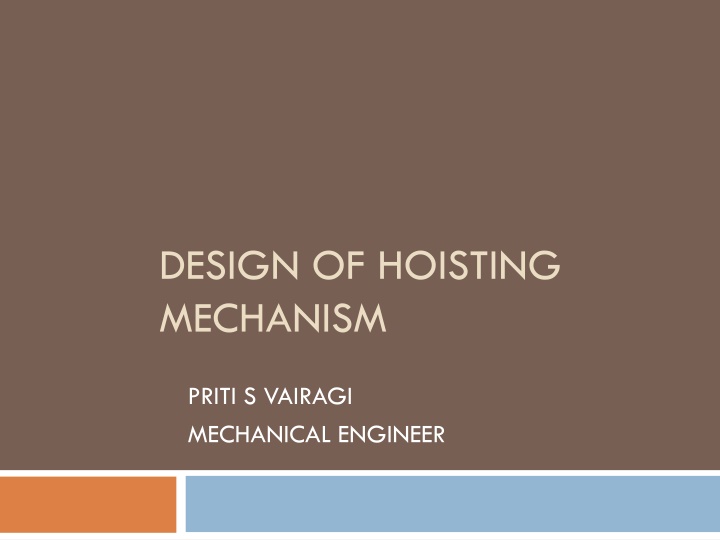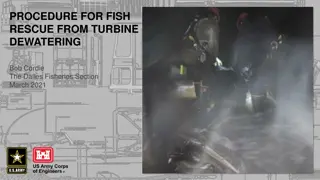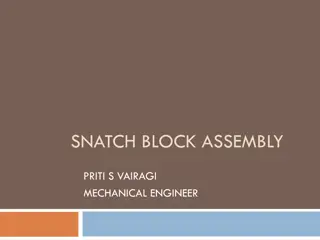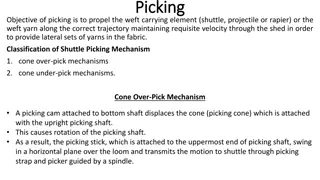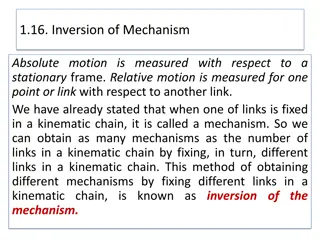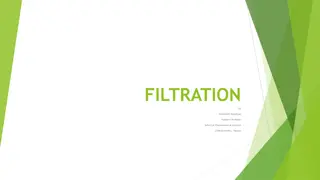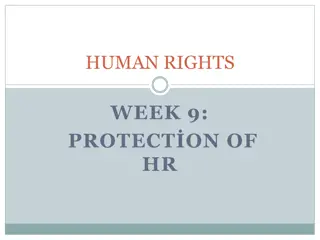Hoisting Mechanisms in Industry: Design, Applications, and History
Explore the world of hoisting mechanisms in industries, from the design by mechanical engineers to the applications in manufacturing plants. Learn about the types of hoisting machines, cranes, and elevators used for lifting and conveying materials effectively. Delve into the history of hoisting equipment and understand the essential components that make up a hoisting mechanism.
Download Presentation

Please find below an Image/Link to download the presentation.
The content on the website is provided AS IS for your information and personal use only. It may not be sold, licensed, or shared on other websites without obtaining consent from the author.If you encounter any issues during the download, it is possible that the publisher has removed the file from their server.
You are allowed to download the files provided on this website for personal or commercial use, subject to the condition that they are used lawfully. All files are the property of their respective owners.
The content on the website is provided AS IS for your information and personal use only. It may not be sold, licensed, or shared on other websites without obtaining consent from the author.
E N D
Presentation Transcript
DESIGN OF HOISTING MECHANISM PRITI S VAIRAGI MECHANICAL ENGINEER
INTRODUCTION TO CRANES For lifting and conveying material within the unit of an industry, an overhead crane or a bridge crane is used. An overhead crane consists of snatch block, trolley, trolley travelling mechanism and cross travel mechanism to cover an entire area of unit. A hoist of a crane, travels along the bridge. An overhead cranes are used for either manufacturing or maintenance applications. These cranes are either Human operated or remote operated cranes.
APPLICATIONS: In manufacturing plants at every process the material is handled by crane till finished product leaves a factory. For pouring Raw materials into a furnace, for rolling hot metal to specific thickness, for tempering, annealing and for storing purpose an overhead crane is used. For lifting finished product and loading in truck or train an overhead crane is used. Many industries including automobile uses an overhead crane to handle the steel, raw material and finished product in the factory. Small cranes, such as jib cranes handle lighter loads in a work area, such as CNC mill or saw.
HISTORY: : Example of steam powered overhead crane from 1875, produced by Stuckenholz AG, Wetter an der Ruhr, Germany. Design developed by Rudolf Bredt from an original installation at Crewe
INTRODUCTION: Hoisting is the process of lifting and lowering some material or load or person from lower position to higher position with the help of some device or mechanism. A hoisting device is used for lifting or lowering a load by means of a drum or lift-wheel with the help of rope or chain. It may be manually operated, electrically or pneumatically driven and may use chain, fibre or wire rope as its lifting medium. Examples: Elevators, crane etc. The hoisting part of the EOT crane consists of the following parts, 1. Hoist motor, 2.Gear box, 3. Drum, 4. Pulleys, 5. Wire rope, 6. Hook
Type of Hoisting Mechanisms a. Hoisting Machines: Hand Trolley Hoists, Portable power-operated hoists, travelling power-operated hoists, Winches, Crane Trolleys b. Cranes :Stationary Rotary Cranes, Cranes travelling on guide rails, Trackless Cranes, Bridge type Cranes, Cable Cranes c. Elevators :Portable air-operated hoists, Manually Propelled Stackers, Vertical skip elevators, Mast- type elevators, Funiculars.
